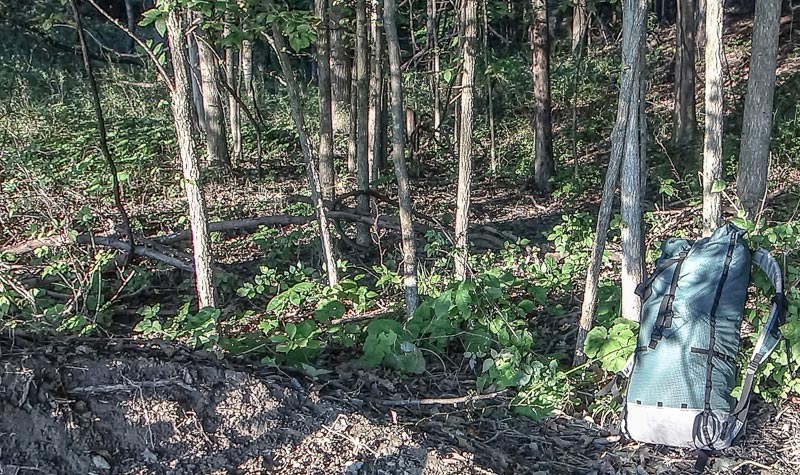S24O
An s24o is a sub 24-hour overnight backpacking trip. I have been doing s24o trips for decades, but never knew they needed a special name or, more surprisingly, that someone had already gone through the trouble of identifying and cataloging this kind of hike, developing a name, and even creating an acronym for said name.
But here it is. It exists and it is important, because I read it on the Internet. A while back I mentioned the s24o, but am too lazy to go back and check it. As far as the acronym, I like it, have consciously added it to my vocabulary, and will use it when deemed appropriate – assuming I remember it and do not misplace it in one of those little used crevices in my brain.


